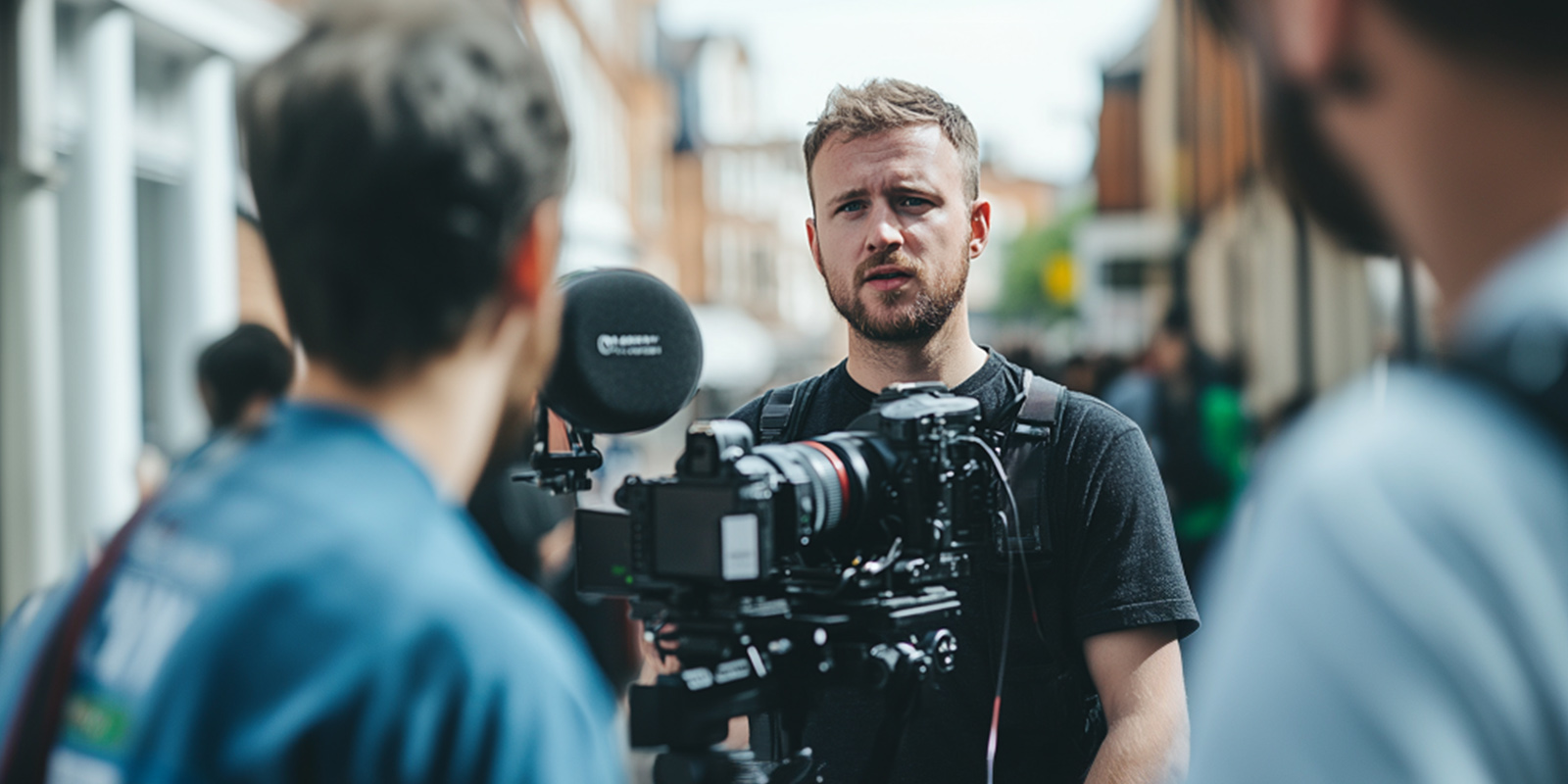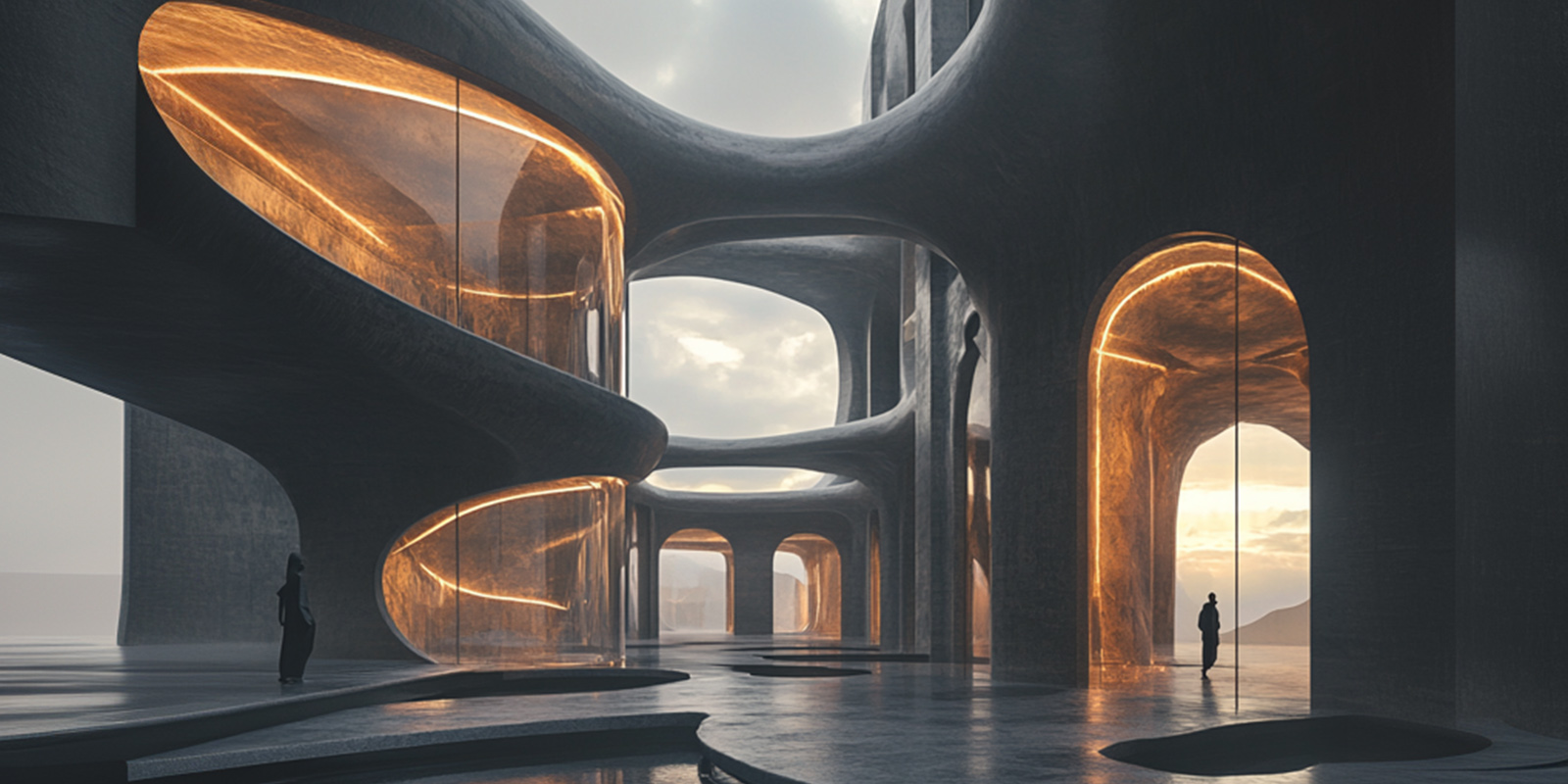In this edition of “Media Matters,” Fublis dives into the world of architectural writing with Meera Venkatesh, a content creator and ghostwriter specializing in architecture and design. With a background in architecture and a passion for simplifying complex ideas, Meera has carved a niche for herself by making architectural concepts more accessible to a broader audience.
Through her journey from studying architecture to embracing her role as a writer, Meera has become an advocate for clear, jargon-free communication in the field. She shares insights into balancing content creation and ghostwriting, the challenges of establishing a career in architectural writing, and the evolving role of digital media in the profession.
Join us as Meera discusses her approach to storytelling within the built environment, the importance of LinkedIn for architects and designers, and her vision for the future of architectural writing in a fast-changing digital landscape.
Can you tell us about your journey into architectural writing? What sparked your interest in this niche?
Meera Venkatesh: I never imagined I would become a writer focusing on architecture. After completing my studies in architecture, I felt lost. I didn’t want to become a junior architect or pursue a traditional career in the field. However, I found myself writing and expressing my thoughts without realizing it. I started by writing on my blog, then joined RTF, and worked on transcripts for some historians. It was only last year that I decided to make writing a professional commitment, beginning my journey on LinkedIn. What sparked my interest in this niche? One of the main reasons is that architectural writing often uses a lot of jargon. I wanted to simplify it so that more people could relate to and understand it.
How do you balance your dual roles as a content creator and a ghostwriter for architects? Why did you choose ghostwriting?
Meera Venkatesh: Balancing a job while consistently posting on LinkedIn can be challenging. At times, we feel drained and run out of ideas. In those moments, taking a short break to recharge and gain a fresh perspective can be helpful—that’s what I do. Ghostwriting provides me with a flexible work schedule, a great way to earn an income, and a creative outlet.
What are some of the biggest challenges you’ve faced in your career as an architectural writer, and how have you overcome them?
Meera Venkatesh: The biggest challenge I face as an architectural writer is that the field is still not widely recognized, and there is a need for more opportunities. While there are many courses and workshops on architectural writing, the question remains: What do you do after attending them? Ultimately, securing a job is crucial, but addressing this gap between learning and employment is essential.
How do you approach the task of weaving narratives around the Built Environment? Do you have a specific process or methodology?
Meera Venkatesh: After all these years in architecture, it has become second nature to me to study human behavior in specific settings and how the design of spaces affects our psychology. I began writing about everyday life, even within my own home; for example, how the placement of a dining table can influence family dynamics. To me, it’s all about perspective and observation—taking a different approach.
How do you ensure that the technical aspects of architecture and design are accessible and engaging for a broader audience?
Meera Venkatesh: I mostly avoid technical jargon whenever possible, opting for simpler terms instead. I help people visualize abstract concepts by comparing them to familiar things. I use storytelling in two ways: first, by sharing personal experiences to make the topic more relatable, and second, by relating technical concepts to real-world examples that people can easily connect with.
In your opinion what role does architectural education play in shaping the future of urban design?
Meera Venkatesh: In my opinion, architectural education plays a crucial role in shaping the future of urban design. It provides training in critical thinking, sustainability, and historical understanding, which are essential for creating innovative and resilient urban environments.
How do you tackle work regarding heritage and its aspects, as those narratives have to be factually correct.
Meera Venkatesh: I usually approach this by conducting thorough research from reliable sources, including historical documents, expert interviews, and reputable publications. Additionally, I cross-reference information to verify its accuracy and consult with historians or heritage professionals when needed. My experience includes working closely with historians and architectural history, transcribing lectures on these subjects. I also volunteered with the Tamil Heritage Trust, which further deepened my natural inclination towards heritage preservation. This meticulous approach and background help me present well-informed narratives that respect and preserve the integrity of heritage sites and their histories.
You have been very active on LinkedIn, so can you dive into some aspects why is the platform important for architects and designers?
Meera Venkatesh: I believe LinkedIn is an excellent platform primarily because of its networking opportunities. I subscribe to the idea that “your network is your net worth,” and I consider networking to be very important. LinkedIn is a professional platform where I can both express myself and add value to my audience.
What strategies do you use to curate content that resonates with your audience, particularly on LinkedIn?
Meera Venkatesh: Firstly, I opt for simple language. I incorporate storytelling to make the content more engaging and relatable. It’s important to use clear and straightforward language to ensure accessibility. I also focus on making the content relevant and valuable, as people are investing their time in your posts and should have something to take away. Additionally, I regularly review LinkedIn analytics to understand which types of content perform best and adjust my strategy accordingly.
How do you see the role of architectural writing evolving in the next 5 years, especially with the increasing influence of digital media?
Meera Venkatesh: Architectural writing may evolve significantly over the next five years. With the continued advancement of social media and digital platforms, I anticipate that video content will become more prevalent, and traditional content writing might shift towards scriptwriting. This change is likely to result in a more visual and multimedia-oriented approach to architectural communication.
What advice would you give to aspiring architectural writers who want to establish themselves in the industry?
Meera Venkatesh: I don’t feel qualified to offer advice, as I am still a beginner myself. I’m grateful that my words are making an impact, but there is still a long way to go. It’s important to identify what works best for you, and this process may take time. Additionally, don’t be afraid to put yourself out there.




